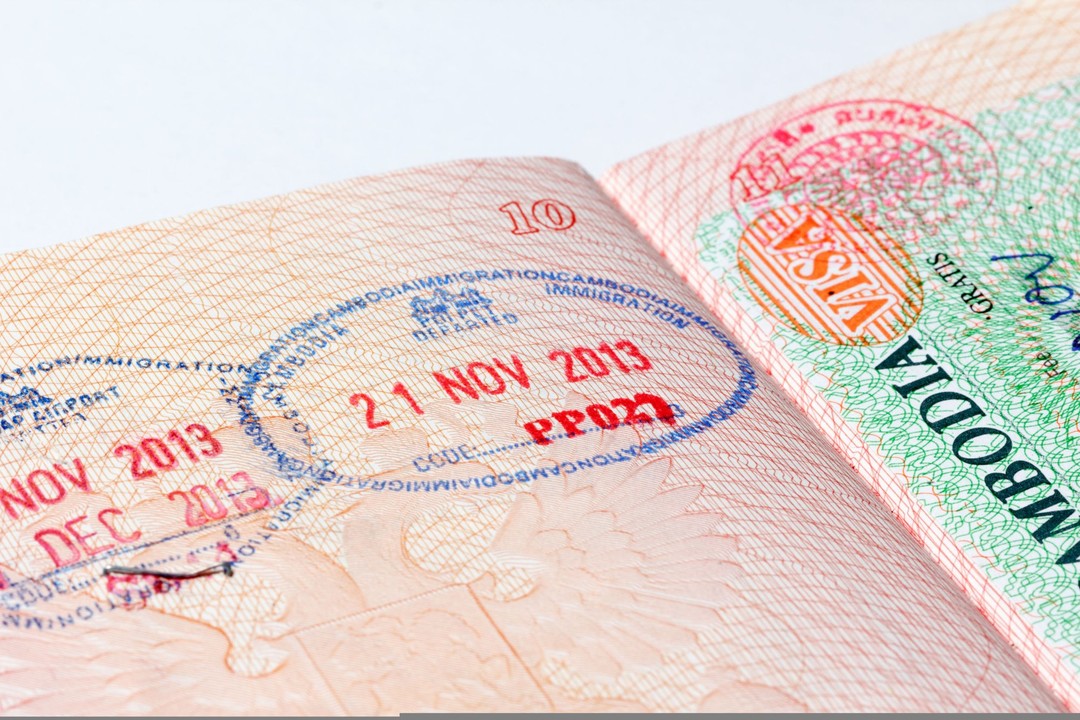
How to plan business jet operations to Cambodia - part 5: Immigration & Customs
The previous installments of this series dealt with questions regarding airports, permits, ground handling, fuel and catering for business jet operations in the Kingdom of Cambodia. This fifth segment will cover all questions related to immigration and customs.
All visitors to Cambodia need to hold a valid visa for the Kingdom, unless they are citizens of one of the fellow ASEAN nations that is exempt from a visa, or a holder of a diplomatic or services passport of certain countries. The visa requirements apply equally to crew members, which can not enter the country simply by being listed on the General Declaration, contrary to neighboring Thailand.
While it is possible to arrange an eVisa online, prior to travelling, this is option is usually not the preferred one for most business aircraft operators, as visa on arrival allows more flexibility and is easy and quick to obtain. Especially for operators flying to Sihanoukville International Airport (KOS/VDSV), it is important to know that eVisa entry is not supported at this location (exiting the country holding an eVisa is possible in VDSV). For Phnom Penh and Siem Reap, as well as several land border crossings, the entry via eVisa is possible.
The most popular visa type therefore, is the visa on arrival, which is available for all but a handful of nationalities and allows a stay for up to 30 days in the Kingdom. For your visa on arrival, you need a passport with at least six months validity, a completed application form, a passport photo and pay the visa application fee.
As the queues at the immigration counter are sometimes long, many local support companies offer a fast-track immigration + visa on arrival service, which means they collect all passports upon meeting the crew at the aircraft and get the visa and immigration stamps while the passengers and crew are de-boarding and entering the landside. When complete, the passports are then handed back to their owners without them having to queue at immigration at all. This is an elegant way of avoiding waiting times for high-profile clients. Usually, local support companies are also able to secure the visa even when the passengers did not bring the required passports photos with them.
For even more luxury, the VIP terminals of Phnom Penh and Siem Reap are equipped with immigration booths as well, so the passengers and crew using these terminals will not even have to enter the main terminal building and neither do their passports.
If you are using a local support company, it is recommended to provide them with all passport details of passengers and crew on board your flight ahead of time, so that they can prepare visa and arrival forms and inform the immigration officers of your arrival. As mentioned in part 1 of this series, when arriving after official opening hours, it is important to give enough prior notice to ensure the immigration and customs officials will be present when you arrive and depart.
Regarding customs, an incoming passenger is eligible for the following duty-free concessions:
- Two liters of wine
- 400 cigarettes, 100 cigars, or 400 grams of tobacco
- 350 milliliters of perfume and ornaments
- Medicine for own personal cure
While there is no customs fee to be expected for business aircraft operators (if abiding to the above duty free concessions), immigration will not only charge for the visa on arrival, but will also levy a passenger service charge (PSC) upon departure. This fee is set to 25 USD for international departures and 6 USD for departures with a domestic destination. The PSC applies only to passengers and not to crew members.
In our next and final segment we wrap up the most important points of this series and will talk about what else to consider when flying your business jet to Cambodia



